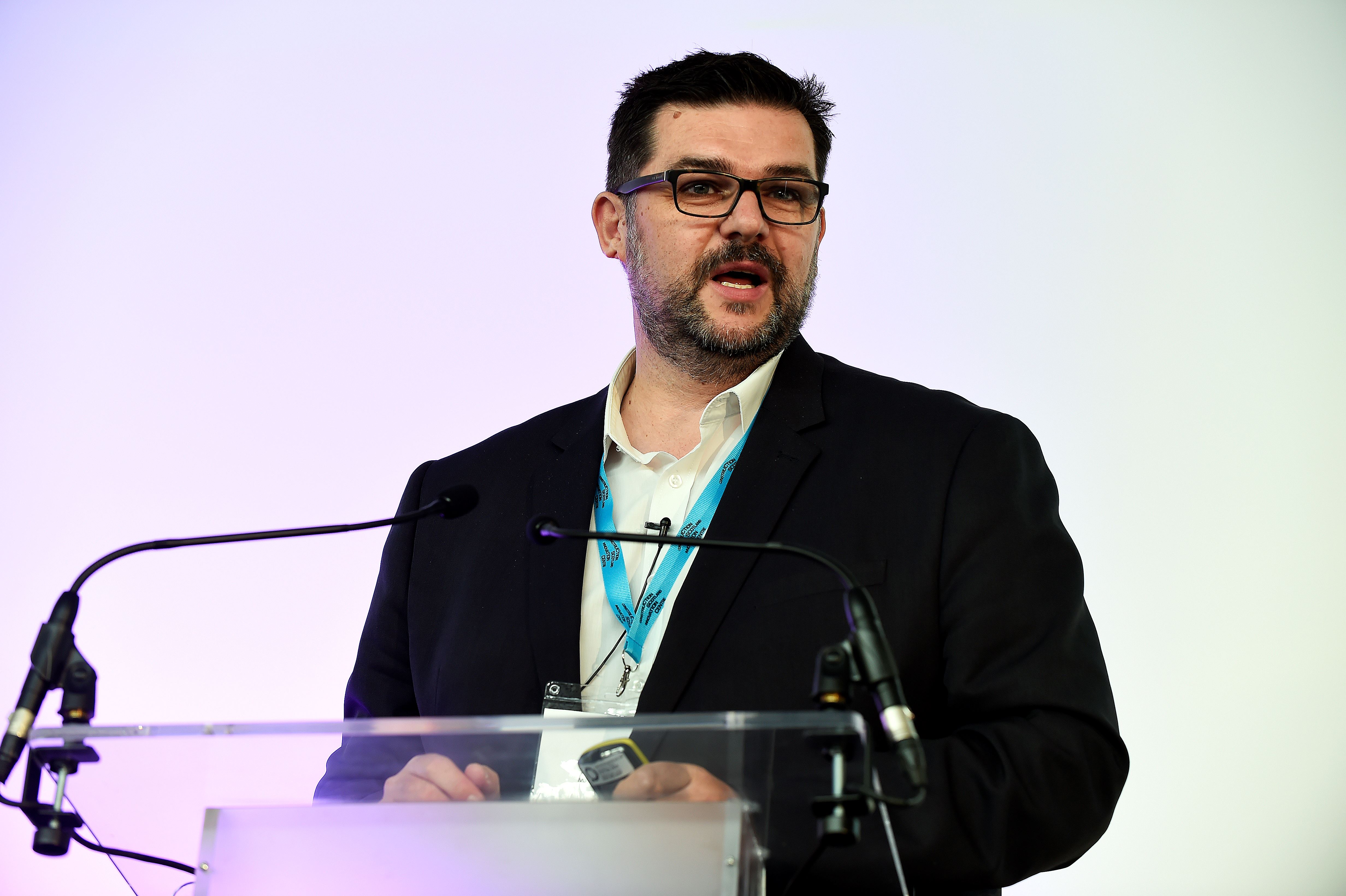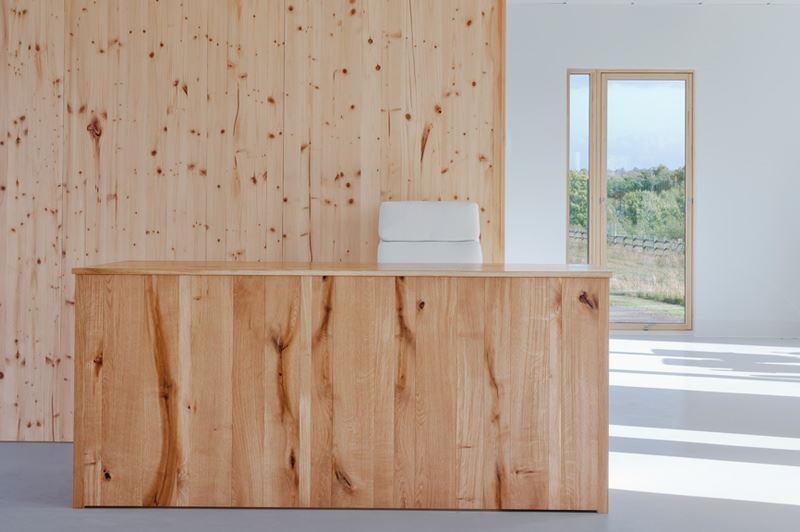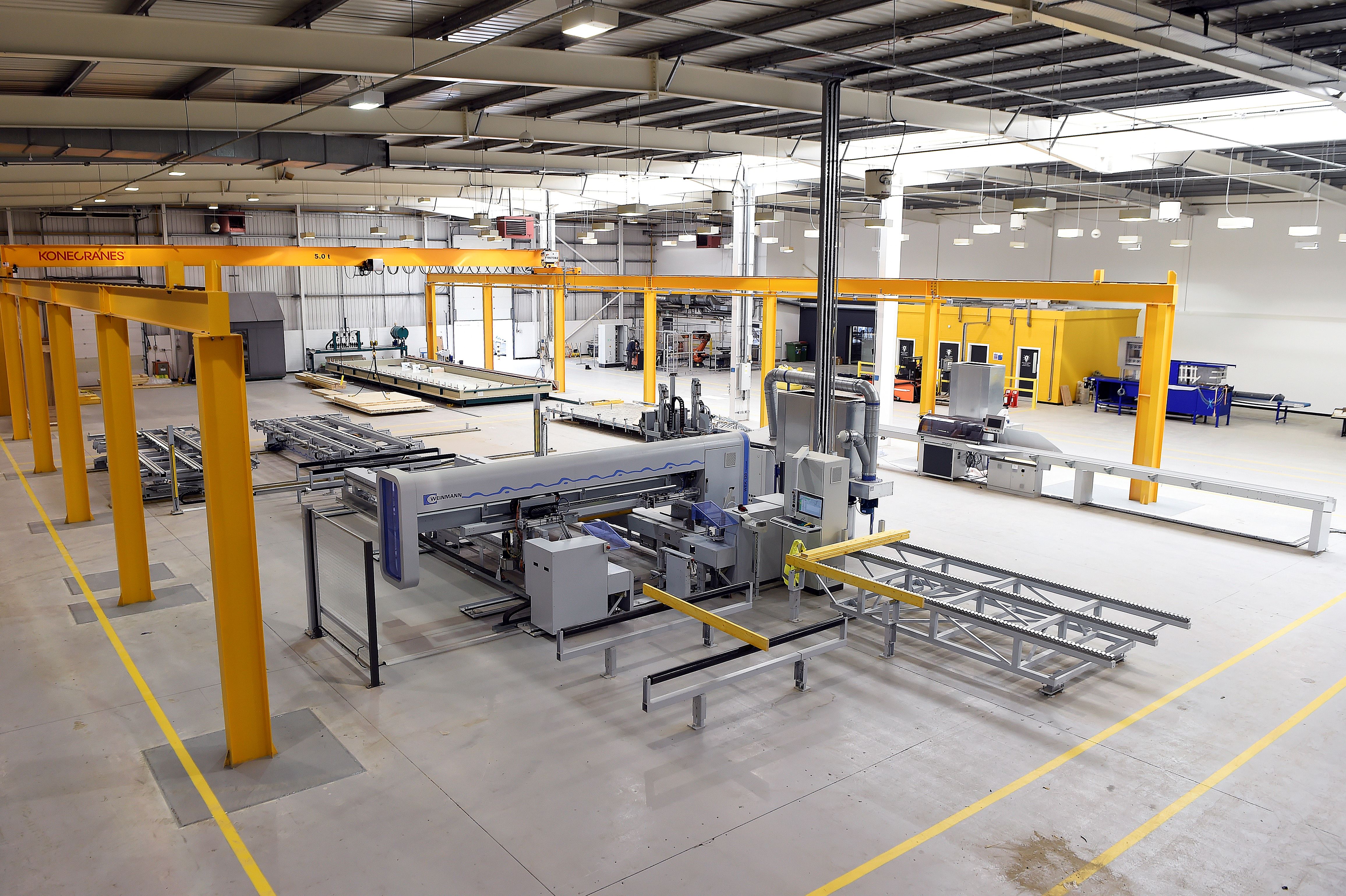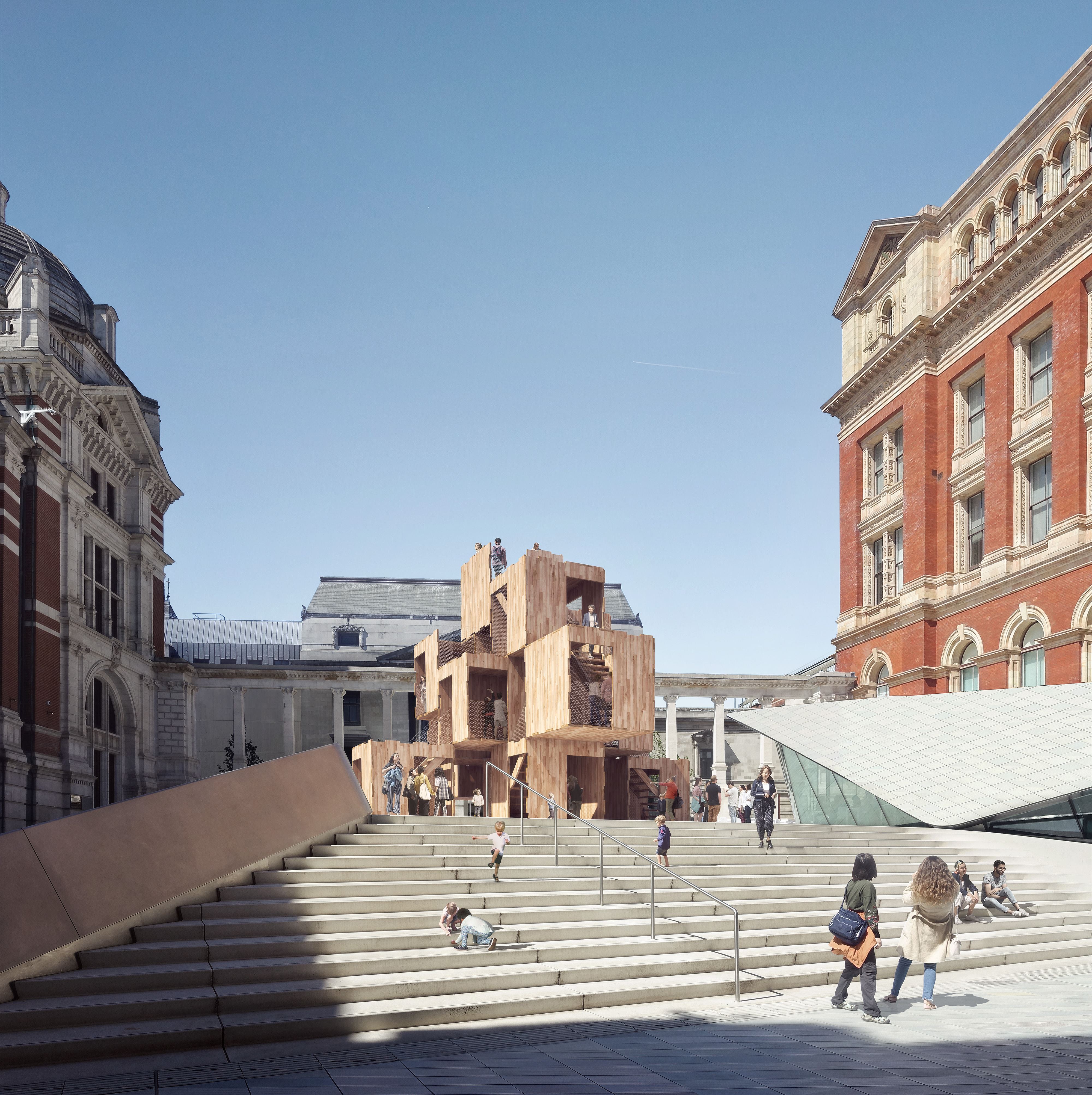Content
The vision behind retrofitting our building to zero emissions
With over 220,000 non-domestic buildings across Scotland, each with its unique challenges, the need for clear retrofitting protocols has never been more critical. Buildings like Scotland’s National Retrofit Centre, a hybrid office and factory space, must be decarbonised if we are to meet the ambitious targets set.
Edinburgh Napier University, administrator of BE-ST, was awarded over £1.2 million through Scotland’s Public Sector Heat Decarbonisation Fund, which is delivered by Salix on behalf of the Scottish Government. Funding will support the retrofit of the building at BE-ST’s Campus as part of a programme for heat decarbonisation and retrofit energy efficiency measures that support the overall decarbonisation of heat in buildings across Scotland’s public sector.
The Heat in Building Strategy outlines a clear pathway to achieving zero-emission buildings by 2045, with a milestone of converting 50,000 non-domestic buildings to zero-emissions heat by 2030. For us at BE-ST, this isn’t a mandate – it’s a mission. We believe that the sector cannot be what it cannot see, so the National Retrofit Centre is set to become a living, breathing case study for retrofitting, leading by example and offering a tangible model for the industry to learn from and replicate.
What does the retrofit entail?
The building is one of two on our Innovation Campus. It’s a 35,000 sq ft industrial space designed to support a range of activities and programmes to accelerate retrofit initiatives across Scotland and beyond.
The retrofit project will be executed in separate phases, each focusing on different aspects of decarbonisation, energy efficiency, and building resilience. To be completed in Summer 2025, Phase 1 will focus on improving the thermal efficiency of the building fabric through increased insulation and airtightness measures within the building’s heated spaces, and transitioning of the heating systems to a zero direct emissions system. The proposed new system is a hybrid heat pump design combining solar PV-T, air source heat pump and water source heat pump to satisfy the heating requirements of the building and replace the existing gas system.
Future phases will include further internal reconfiguration, with additional fabric improvements within both the factory and office spaces. The Phase 1 retrofit project is part of a broader programme within BE-ST and sits centrally within the decarbonisation of Scotland’s public sector buildings, supported by funding from the Scottish Government administered by Salix.
A non-domestic retrofit learning journey
The project is allowing BE-ST to take on the role of a construction client, providing an opportunity for us to trial and support various innovative approaches to retrofitting buildings of this type, and explore the challenges and the complexities that come with retrofitting a large-scale, multi-use industrial building.
The vision for the retrofit goes beyond improving one building – it’s about inviting the entire construction sector, both on clients and contractor side, to join the learning journey. We will be sharing the process, learnings, challenges and key takeaways throughout the retrofit process. Through careful documentation, data-driven decision-making, and continuous measurement, we aim to create a living case study that will serve as a valuable resource for future retrofitting projects across Scotland and beyond.
BE-ST is committed to transparent decision-making processes, driven by data and focused on outcomes. This knowledge sharing process provides industry the unique opportunity to learn from the challenges that will be faced when carrying out a deep retrofit of a building of this typology, utilising modern methods of construction, with innovative products and services.
Showcasing the best of the construction sector
As a unique, first of its kind demonstrator, the project will showcase some of the Built Environment and Scotland’s leading construction innovations, maximising the use of products and materials developed in our factory or by our partners and wider connected ecosystem.
Throughout the whole process, we aim to promote the very best of Scotland’s construction sector in everything we do. Embodied carbon in the materials we use will be minimised, with a focus on natural, sustainable, circular, and locally sourced products.
Various members of the Scottish construction sector and supply chain, who registered interest through an open call during the middle of 2024, will be implementing their own products and systems.
This project will be delivered by Clark Contracts, supported by the talented design team John Gilbert Architects, Luths Services, Brown + Wallace, Narro Associates and CDM Scotland.
Creating the National Retrofit Centre that Scotland deserves
The building is home to Scotland’s National Retrofit Centre, launched by the First Minister earlier this year. The retrofitted centre will become Scotland’s home for low carbon construction training, skills and competency development programmes, events and workshops, testing and training rigs, live build demonstrators and more, inspired in part by what retrofit in Ireland is being delivered and scaled.
The building is already serving industry as the hub for practical Passivhaus training and as a Passivhaus testbed for collaborations between Scotland’s largest Tier 1 contractors.
The longer-term vision
The retrofit at BE-ST is to be more than the renovation of a single building. By turning our facility into a living case study, we are showcasing Scotland’s capabilities and creating a centre of excellence that will support the transformation of Scotland’s building stock and build a workforce that can deliver it.
Caitriona Jordan says, “At BE-ST we are working together to ensure that we are meeting the challenges that industry is faced with.
“As well as supporting the built environment, we are now undertaking these same challenges, and that allows us to understand the pressures that industry is under.”





